Although Oceania is the smallest and least populated continent in the world, it is home to Australia and Papua New Guinea—two of the roughly 20 megadiverse countries on the planet. With its immense variety of species, Oceania is a paradise for biologists and researchers, who frequently report on the conservation status of its most threatened animals.
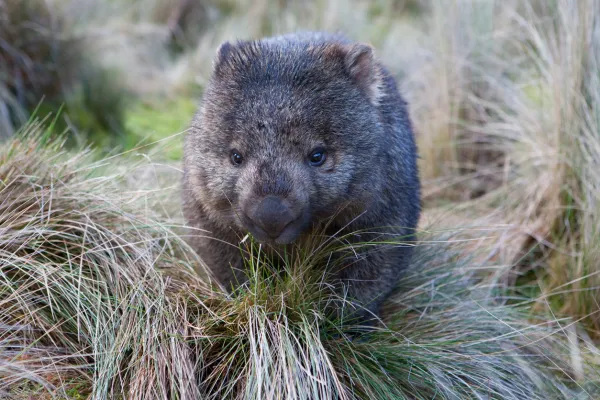
Unfortunately, due to human activity, climate change, invasive species, and certain diseases, many endemic and native animal populations in Oceania have declined drastically or even gone extinct. Creatures like moas, Haast’s eagles, Maclear’s rats, and thylacines have disappeared in recent decades. In this article, we’ll introduce some of the most critically endangered animals in Oceania.
Tasmanian Devil
Kakapo
Bulmer’s Fruit Bat
Hector’s Dolphin
Abbott’s Booby
Kiritimati Reed-Warbler
Lord Howe Island Stick Insect
Southern Corroboree Frog
Western Swamp Turtle
Additional Endangered Animals (Full list of 50 species)
The Tasmanian devil is the world’s largest surviving carnivorous marsupial, found only on Tasmania (an island state of Australia). It feeds on carrion and small to medium-sized prey such as wombats, bettongs, snakes, and even sheep.
Its population has declined due to excessive hunting in the early 20th century, roadkill incidents while scavenging, and a contagious facial tumor disease (DFTD) that is highly aggressive and fatal.
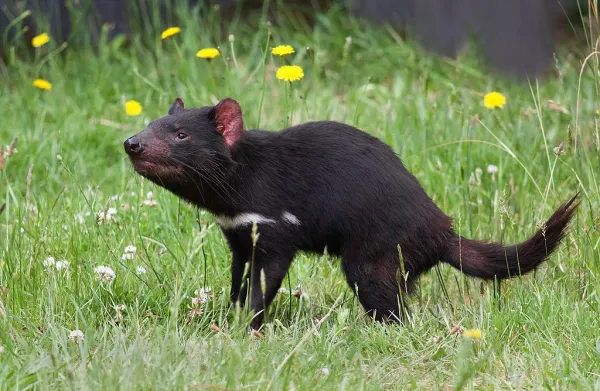
This nocturnal, flightless parrot is endemic to New Zealand. It is the world’s only flightless and heaviest parrot, feeding exclusively on plants, flowers, and fruits. Its green feathers and facial whiskers give it a unique appearance.
Critically endangered, the kakapo faces threats from habitat destruction and predation by introduced species such as cats, rats, and stoats. Fewer than 210 individuals exist today.

This rare species of fruit bat is native to New Guinea, inhabiting cave systems in mountain forests at over 1,800 meters altitude. It is critically endangered due to habitat loss and hunting. As of 2016, fewer than 160 individuals remained in the wild.
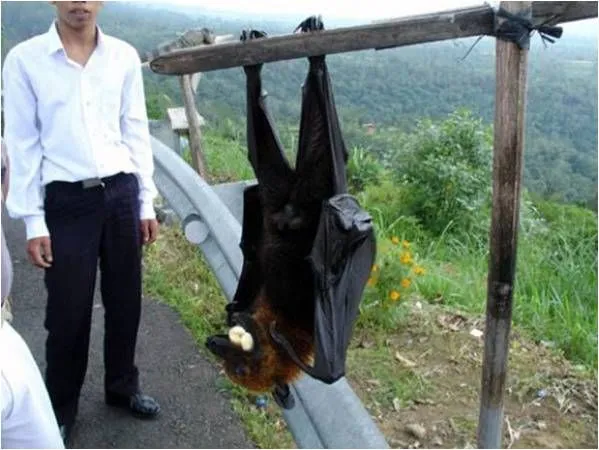
Found only around New Zealand’s coasts, Hector’s dolphin is the smallest dolphin in the world, measuring just 1.6 meters and weighing about 60 kilograms.
Listed as endangered for years, the species suffers from accidental bycatch in fishing nets, propeller strikes, and pollution. The IUCN estimates fewer than 7,400 individuals remain.

A medium-sized seabird, Abbott’s booby breeds only on Christmas Island in the Indian Ocean. It is capable of long-distance flight and can live up to 40 years, feeding on fish, squid, and crustaceans.
Its numbers have declined due to habitat disturbances, and global mature individuals are estimated to be around 6,000.
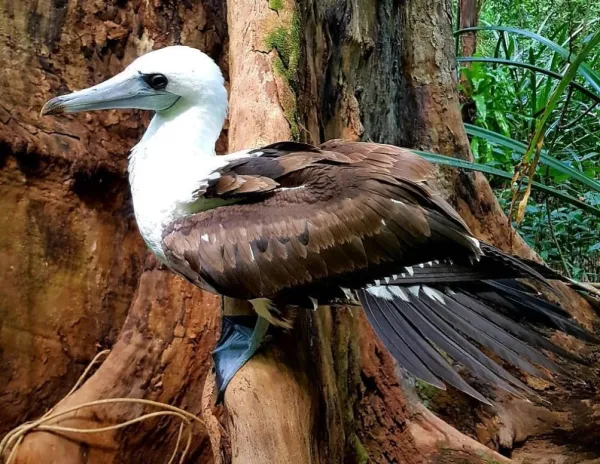
This small passerine bird lives on the Kiribati Islands northeast of Australia. Olive-gray in color and weighing about 230 grams, the species shows no sexual dimorphism.
It is endangered due to rising sea levels caused by climate change and predation by invasive species.
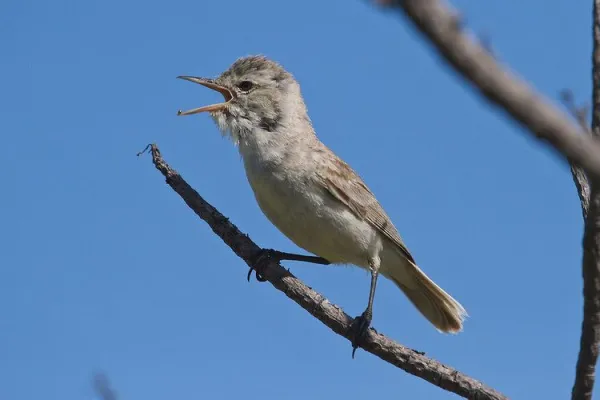
Also known as the “tree lobster,” this large, flightless nocturnal insect can grow over 20 cm long. Females are larger than males. Once believed extinct since 1930, it was rediscovered in 2001 on a small islet near Lord Howe Island.
With fewer than 30 individuals known in the wild, it is listed as critically endangered and considered one of the rarest insects in the world.
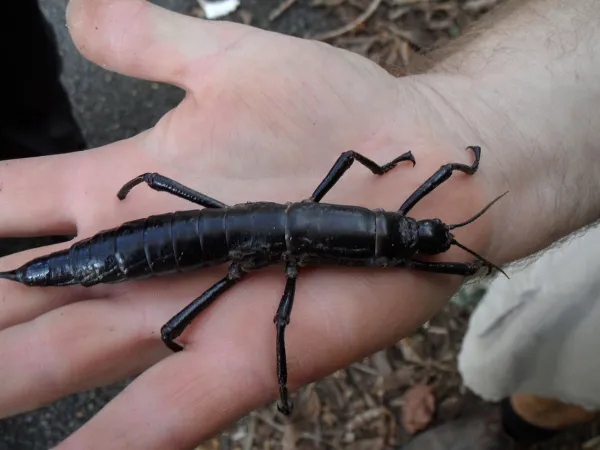
This brightly colored frog, native to southeastern Australia, features striking lemon-yellow and black stripes. It feeds on insects and larvae.
It is critically endangered due to climate change, bushfires, invasive species, and habitat loss.
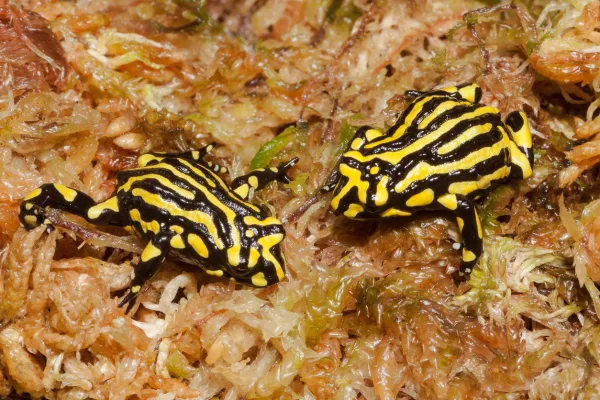
A freshwater turtle found in fragmented populations in southwestern Australia. It is critically endangered due to predation from introduced species, habitat fragmentation, and decreased rainfall linked to climate change.
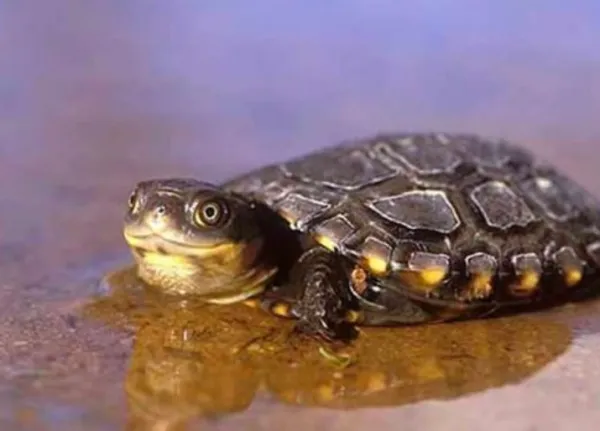
In addition to those listed above, here are more species in Oceania that are endangered or critically endangered:
Northern hairy-nosed wombat (Lasiorhinus krefftii)
Quokka (Setonix brachyurus)
Numbat (Myrmecobius fasciatus)
Eastern quoll (Dasyurus viverrinus)
Goodfellow's tree kangaroo (Dendrolagus goodfellowi)
Golden-mantled tree kangaroo (Dendrolagus pulcherrimus)
Brush-tailed bettong (Bettongia penicillata)
Northern bettong (Bettongia tropica)
Central rock-rat (Zyzomys pedunculatus)
King rat (Uromys rex)
D’Entrecasteaux Archipelago pogonomys (Pogonomys fergussoniensis)
Mountain pygmy possum (Burramys parvus)
Christmas Island flying fox (Pteropus natalis)
Christmas Island shrew (Crocidura trichura)
Regent honeyeater (Anthochaera phrygia)
Black-eared miner (Manorina melanotis)
Tahiti monarch (Pomarea nigra)
Tuamotu ground dove (Pampusana erythroptera)
Christmas frigatebird (Fregata andrewsi)
Short-billed black cockatoo (Calyptorhynchus latirostris)
Long-billed black cockatoo (Calyptorhynchus baudinii)
South Island takahē (Porphyrio hochstetteri)
Yellow-spotted tree frog (Litoria castanea)
Blue Mountains water skink (Eulamprus leuraensis)
Five Aaadonta snail species (A. constricta, A. fuscozonata, A. irregularis, A. kinlochi, A. pelewana)
Javanese cownose ray (Rhinoptera javanica)
Napoleon wrasse (Cheilinus undulatus)
Southern bluefin tuna (Thunnus maccoyii)
Oceanic whitetip shark (Carcharhinus longimanus)
Basking shark (Cetorhinus maximus)
Scalloped hammerhead (Sphyrna lewini)
Great hammerhead (Sphyrna mokarran)
Whale shark (Rhincodon typus)
Blue whale (Balaenoptera musculus)
Sei whale (Balaenoptera borealis)
Hawksbill sea turtle (Eretmochelys imbricata)
Green sea turtle (Chelonia mydas)
To learn more, check out our related article: “Endangered Animals in Australia”.
For more similar content, visit our endangered species section on the website.
References
Aproteles bulmerae (Bulmer's Fruit Bat). IUCN Red List of Threatened Species. Available at: https://www.iucnredlist.org/species/1933/22136238
Cephalorhynchus hectori (Hector's Dolphin). IUCN Red List of Threatened Species. Available at: https://www.iucnredlist.org/species/4162/44199757
Papasula abbotti (Abbott's Booby or Abbott's Alcatraz). IUCN Red List of Threatened Species. Available at: https://www.iucnredlist.org/species/22696649/152726109
Dryococelus australis (Lord Howe Island Stick-insect). IUCN Red List of Threatened Species. Available at: https://www.iucnredlist.org/species/6852/21426226
Bibliography
National Geographic Spain Editorial Staff. (October 5, 2019). National Geographic Spain. Expedition to New Guinea: The Birds and Mammals of the Foja Mountains. Available at: https://www.nationalgeographic.com.es/naturaleza/expedicion-a-nueva-guinea-aves-y-mamiferos-montes-foja_2574/27
animal tags: Endangered Animals in Oceania
We created this article in conjunction with AI technology, then made sure it was fact-checked and edited by a Animals Top editor.